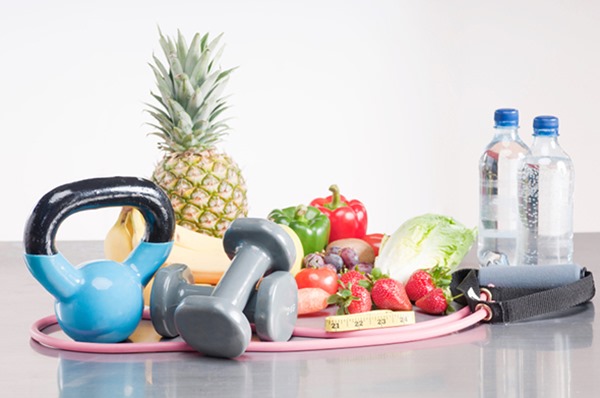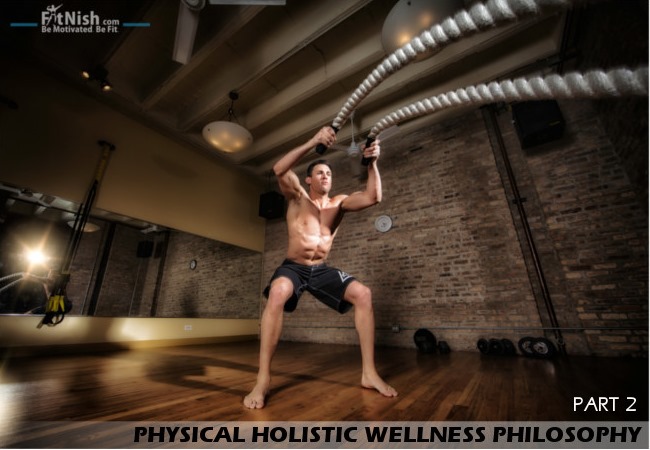Picture Credit: briandonovanfitness.com
In Part 1 we looked at the components of wellness and important factors for achieving overall optimum health.
Part 2 discusses physical wellness; physical fitness, good nutrition and lifestyle choices.
Physical wellness speaks directly to lifestyle management, regular physical activity, healthy food choices and avoiding the use of tobacco, drugs and too much alcohol.
As you travel the road of physical wellness, you will learn to read your body’s vital signs, recognise warning signs and understand the relationship between sound nutrition and how your body performs.
The physical dimension of wellness relates directly to looking great and feeling good, which ultimately results in better self-esteem, a sense of direction and determination to stay on your wellness path.
What is Physical Fitness?
Fitness is considered to be a measure of the body’s ability to function efficiently at work and leisure activities, and the ability of an individual to live a healthy, useful and productive life.
Physically fit people have power, endurance and strength, and work more efficiently without wasting energy. Fitness is achieved through regular exercise, rest and good nutrition.
Physical fitness include Flexibility, Strength, a Lean Body, Cardiovascular Fitness and Muscular Endurance and skills such as Balance, Speed, Agility, Coordination and Power.
Staying physically fit has a long list of benefits, such as:
- Increased mental focus
- Increased energy
- Lower stress levels
- Better self-esteem
- Lowered risk of heart attack and osteoporosis
- Reduced depression
- Reduced risk of breast cancer
Nutrition
A well-balanced diet is an integral part of a healthy body and without the proper fuel, your body will not perform optimally.

Follow these tips to eat for optimal health:
- Eat lean protein such as chicken breast, turkey, white fish, veal, salmon, haddock, lean red meat. Cut off all skin and visible fat before cooking.
- Avoid processed foods where possible.
- Cut sugar, fat, and salt from your diet.
- Include ‘good’ fats such as olives, olive oil, avocado, nuts and seeds.
- Stay away from refined carbohydrates such as biscuits, doughnuts, pastries, cake etcetera. Replace them with complex carbohydrates such as sweet potatoes, butternut, brown or wild rice.
- Eat plenty of fresh fruit and vegetables.
- Drink at least 2 Litres of water a day.
- Cut out energy drinks and fizzy drinks. Pure fruit juice is alright, dilute with water where possible
- Go easy on caffeine. Drink rooibos and green tea.
- Remember, everything in moderation!
Unhealthy lifestyle choices
Unhealthy lifestyle choices can be potentially dangerous. Learn to identify your destructive habits, and take the necessary steps to eliminate them from your life.
Going without exercise, overeating or binging, smoking, consuming too much alcohol and living on fast food can all be detrimental to your health.
Steps you can take to improve physical wellness:
- Exercise at least 3 times a week, for 30-60 minutes a session.
- Get adequate sleep.
- Eat breakfast to start your day.
- Eat a variety of healthy, nutritious food.
- Have smaller meals 4-6 times daily, instead of 3 bigger meals so as to avoid overeating and to regulate blood sugar.
- Protect yourself from second-hand smoke, and quit smoking if you do.
- Use alcohol, fat, sugar and salt in moderation.
In summary, if you take care of your body, it will take care of you.
Make the decision today to start living an active and balanced life. You will thank yourself for it in the years to come!
Author:
- Letitia Kleynhans















